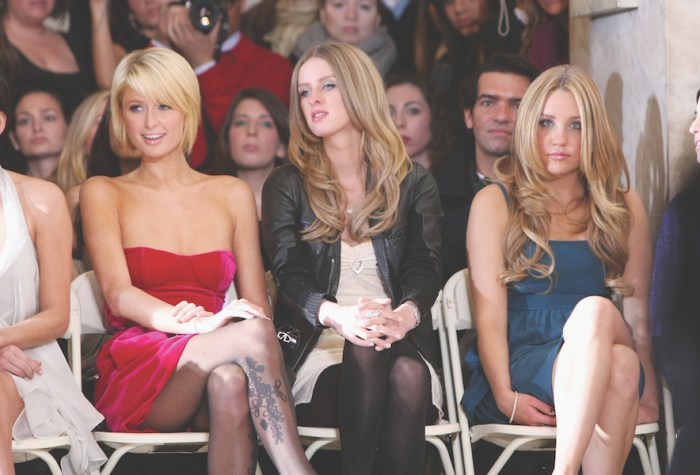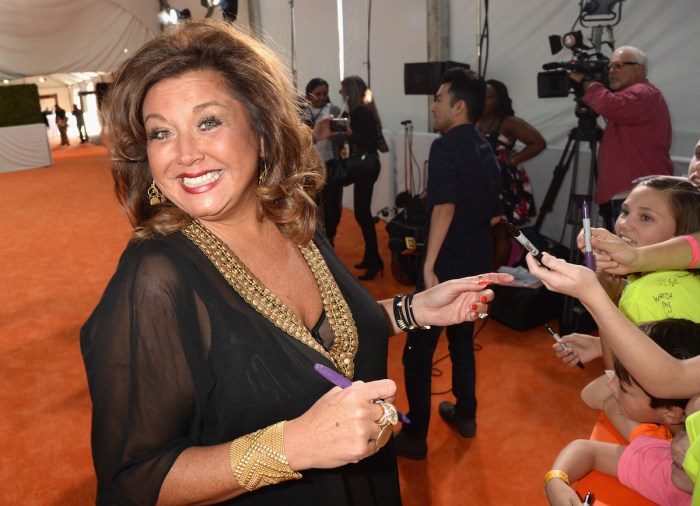More than 310,000 people flooded midtown Manhattan Sunday with one main message ahead of the United Nation’s Climate Summit: do something about climate change.
Activists came from all over the country and the world to attend the People’s Climate March, lining up along Central Park West Sunday morning. The march weaved down 6th Avenue, and across 42nd Street, ending along 11th Avenue at 34th Street.
Many local activists who marched said they were concerned with air quality in New York City and the tri-state area. Kim Gaddy, 50, an organizer with Clean Water Action in Newark, said she has been a climate change activist for the past 20 years, ever since her first child was diagnosed with asthma.
“I had to get involved because my kids’ life is on the line,” said Gaddy, adding her next two children were diagnosed with asthma when they were toddlers.
Gaddy’s group lined up not far from the start of the march at Columbus Circle, and said it was fitting environmental justice activists and indigenous peoples because “unfortunately, we are the ones that are at the front of the line with all the pollution.”
Gaddy said she believes reducing greenhouse gases and fossil fuels should be a “priority” for the UN conference.
“We need to change the attitude of our leadership to begin to address the impacts of climate change so that we can live a healthier life in urban communities,” Gaddy said. “So much is killing us, and it’s so many pieces, but if you begin to look at it in its totality, we can begin to separate what is impacting our health.”
Air quality in Mott Haven in the south Bronx was a main reason Danielle Beiling, a 30-year-old hospital worker and neighborhood resident, attended the Peoples Climate March.
Beiling said Mott Haven’s industrial profile and undeveloped waterfront leads it to have the “highest asthma rate in the country.”
“And they just (expletive) on us because people are poor, and brown,” Beiling said. “I think the Bronx is just like everything else, it’s being dominated by leaders that don’t have the interest of the community and the environment.”
College students made up a large contingent of the march. Nate Barnett, a student from Dillard University in New Orleans, said he knew he needed to march in New York because of the continued “devastation” from Hurricane Katrina.
“States in the south region of the USA need attention,” Barnett, 23, said when asked what message he’d like to send to the UN summit. “We need to promote climate change, its very important … we’re the most affected, more than anyone in the U.S.”
“Everyone’s really excited and dancing and in a positive spirit,” said Victoria Accardi, a 22 year old New York native who came down from College of the Atlantic in Maine for the event.
In the weeks leading up to the event, march organizers said to expect 100,000 to march in New York. The initial New York count was at 310,000 by mid-afternoon Sunday, according to event organizers, and people in 166 countries held more than 2,800 events in solidarity.
“It’s a crazy scene,” said Caitlin Zaloom, who had her eight and five year old children with her. “I wanted them to be a part of change, I want them to know they can do something about this.”
Zaloom, a cultural anthropologist who teaches at New York University and member of the Institute for Public Knowledge, said Hurricane Sandy was a turning point for her.
“It really made it very clear that we were going to have to be dealing as a city and as a community and as a world to change the path of climate change,” Zaloom said.
In addition to the hundreds of community, labor and religious groups, the march was attended by numerous local and state officials, including Mayor Bill de Blasio and New York City Council members. UN Secretary General Ban Ki-Moon marched in Manhattan, as well as Al Gore and Jane Goddall.
More information on other climate-based events that continue is available athttp://peoplesclimate.org/events/.















